Ruined King: A League of Legends Story
Ruined King: A League of Legends story is a Turn-Based RPG set in the League of Legends universe featuring iconic champions and
locations to explore. The player must assemble a group of unlikely heroes stop Viego and his Ruination from destroying the world.
During my year working on Ruined King, I was responsible for implementation of various elements of gameplay and systems across all levels of the game. Considering Ruined King was developed by a relatively small team, many designers “wore many hats” and were usually never responsible for just one thing. I was responsible for anything that would have required a large scale pass across the entire game.
Role: Game Designer
Project Details:
• Studio: Airship Syndicate
• Worked on the Game for: 1 Year
• Game Engine: Unity
Highlighted Contributions:
• Implementation in Levels
• Polishing Combat Text
• Floor Walking Collision
• UI Menu and Map Implementation
• QA Testing
Implementation
If a broad task would require a large time investment by a designer, it was often assigned to me. I felt that if assigning those kinds tasks to me would free up a Senior Designer to work on Quests, Combat, etc., I was happy to do it.
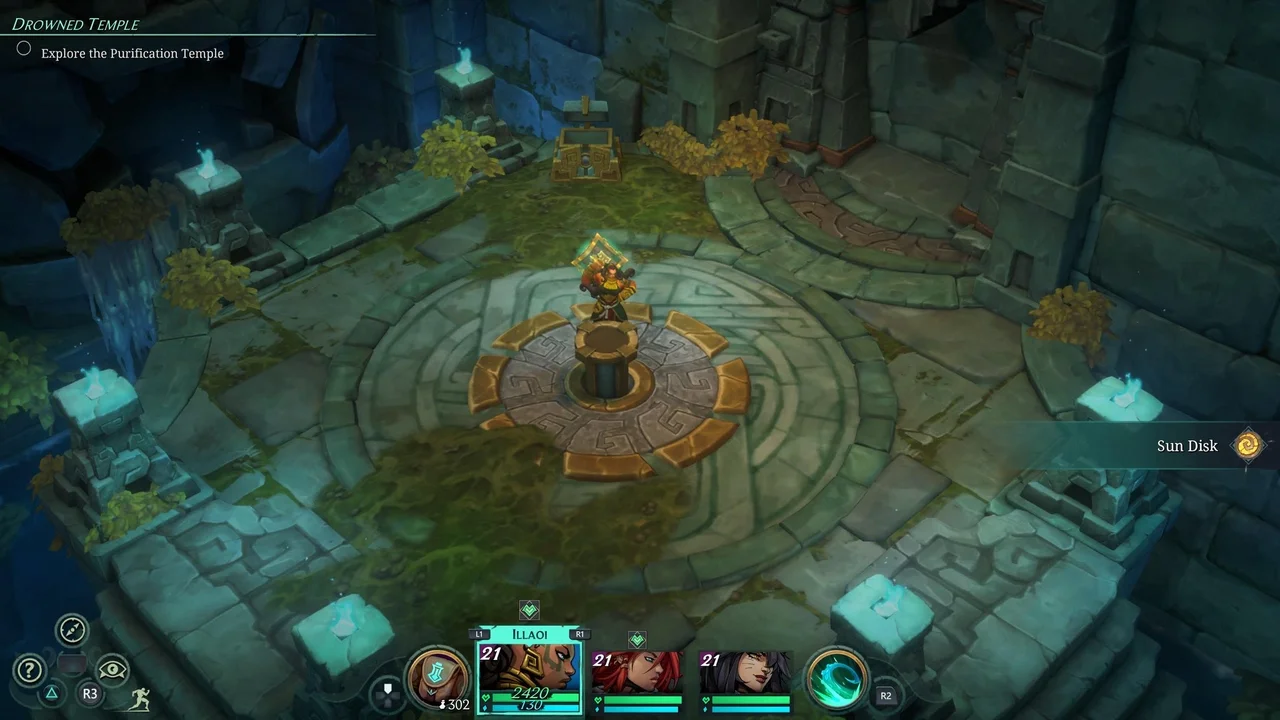
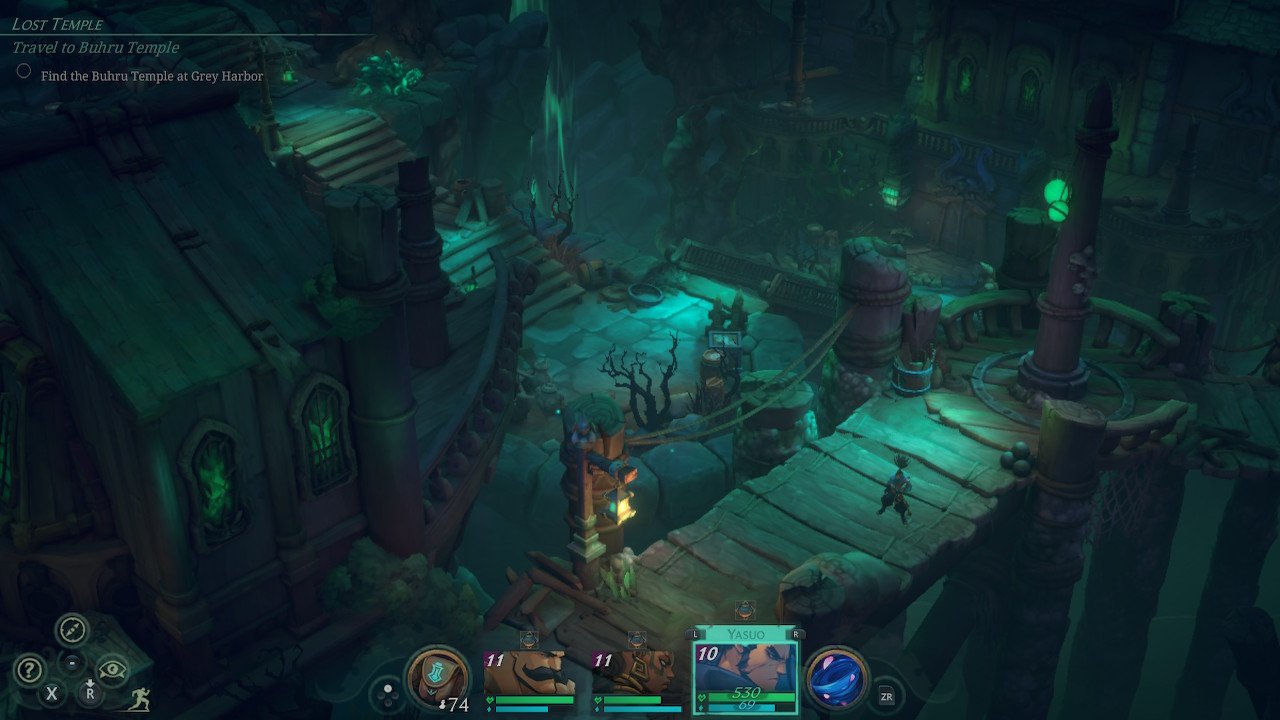
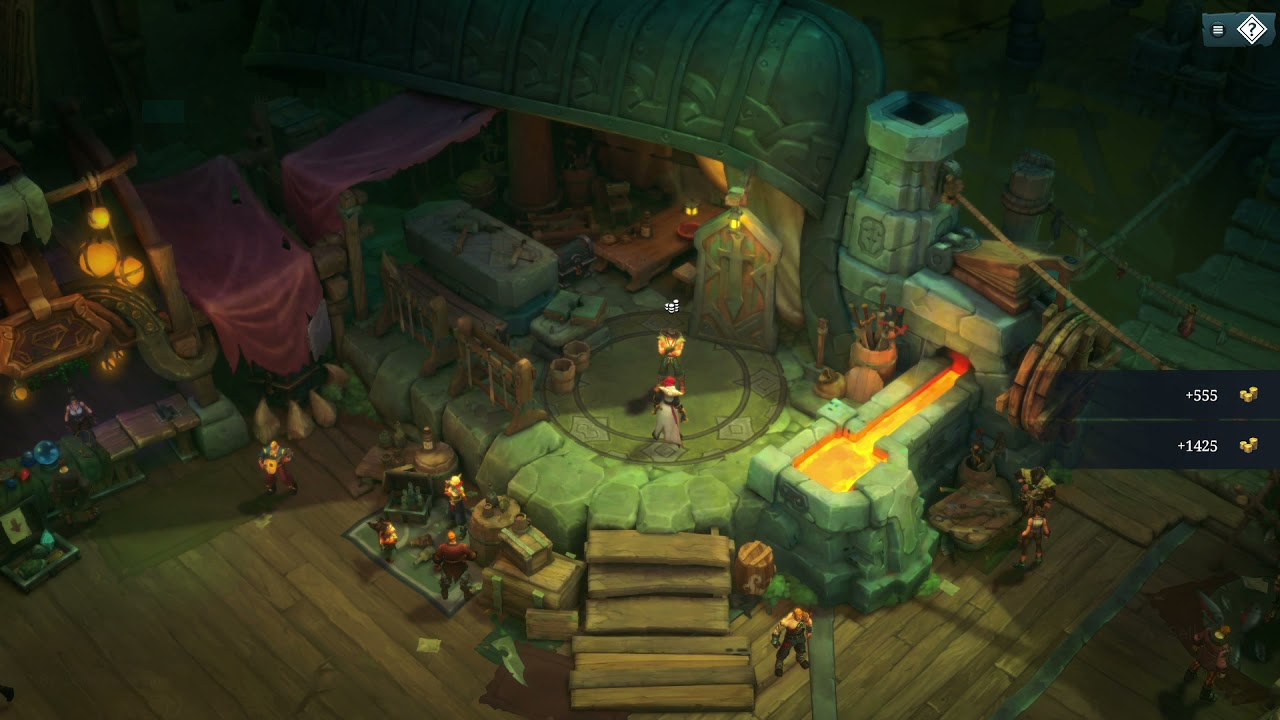
Walkable Floor Collision:
One of the most important polish tasks I was given was to improve walkable surfaces across the entire game. Nothing takes you our of a game like seeing your character sink or float above the floor. I was fixing both areas where the player was supposed to be able to walk, but couldn’t and also improving the geometry to account for each individual step of stairs, mounds of dirt, and anything that should cause for a change in elevation. I was really happy with the end result. I remember one of the later dungeons of the game was a derelict ruin with lots of broken floor panels and rubble. I spent a lot of time working on making elevation on that floor believable. Its not something a player should notice when they play the game, but the fact that they wouldn’t notice it would speak to the quality of work that was put into it.

Doors and Teleporters:
Another large scale pass I did was implementing two different types of Doors and Teleporters. One would transport the player to a different level, and the other would transport the player to a different location within the level. In addition, I also fine tuned the trigger volume of where the player entered the door or teleporter and the XYZ coordinate position of where they exited. For each of these doors and teleporters, I also placed VFX arrows that indicated to the player where the needed to go.
User Interface Work
Another important half of my responsibilities was working on various UI text and implementation within menus and maps. Specifically working on Combat Text, the Bestiary Menu, and positioning Map icons.
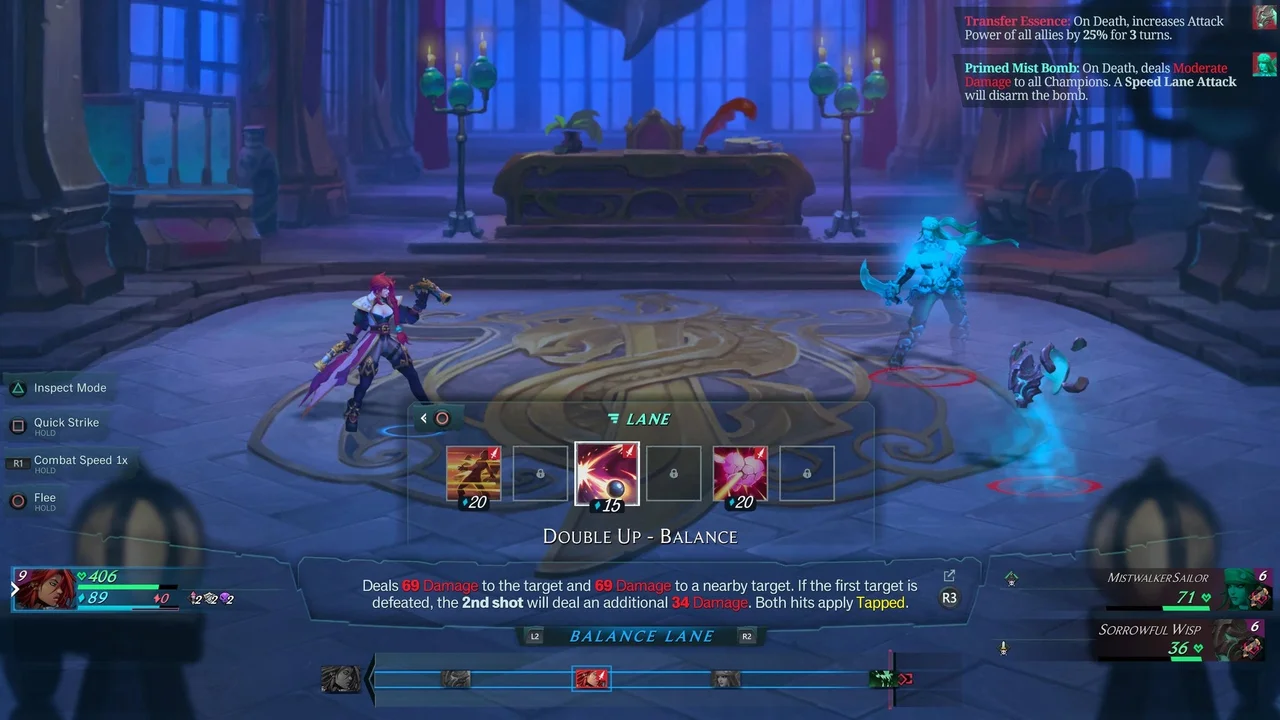
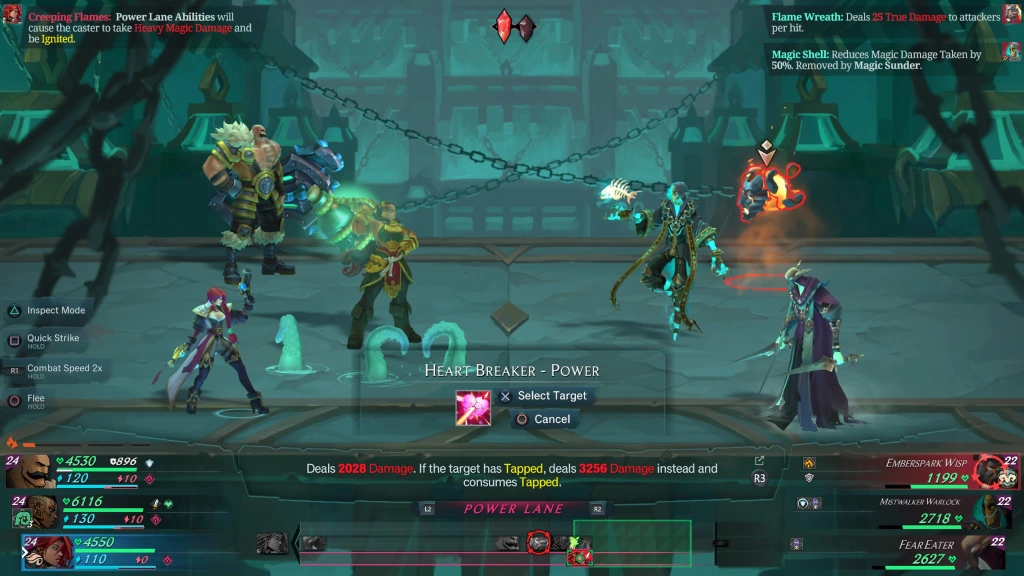
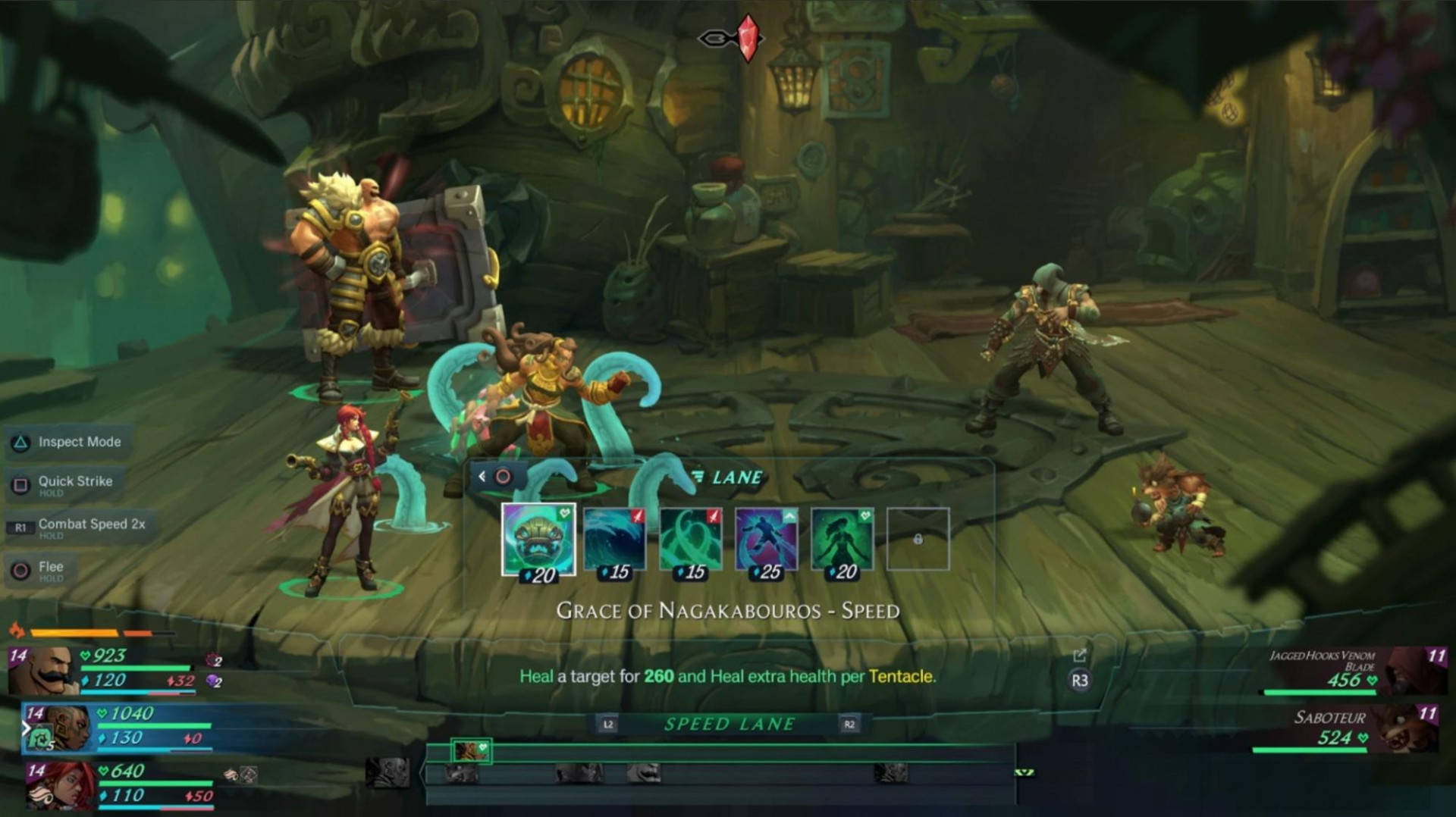
Combat Text:
The formatting of combat text as a whole went through many different iterations, but readability was always on the forefront of my mind. I wanted the most important information to always grab the players attention first and to achieve that, I used bold and different colors to emphasize words in each description. Damage was red. Green was healing. Yellow was for character specific abilities or features. Just bold was for who is affected by the attack or ability. Numbers were colored and bold. And so on.
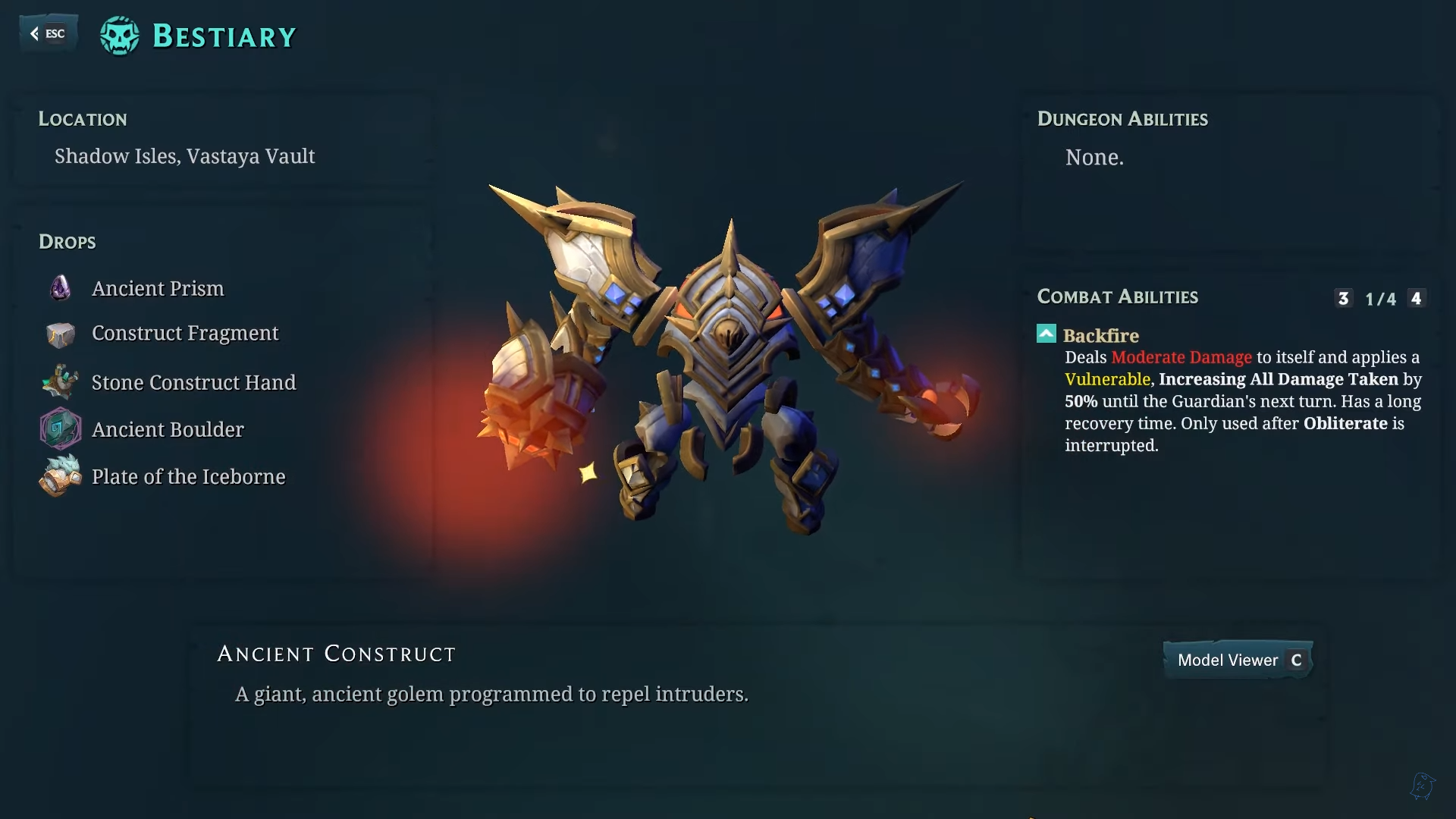
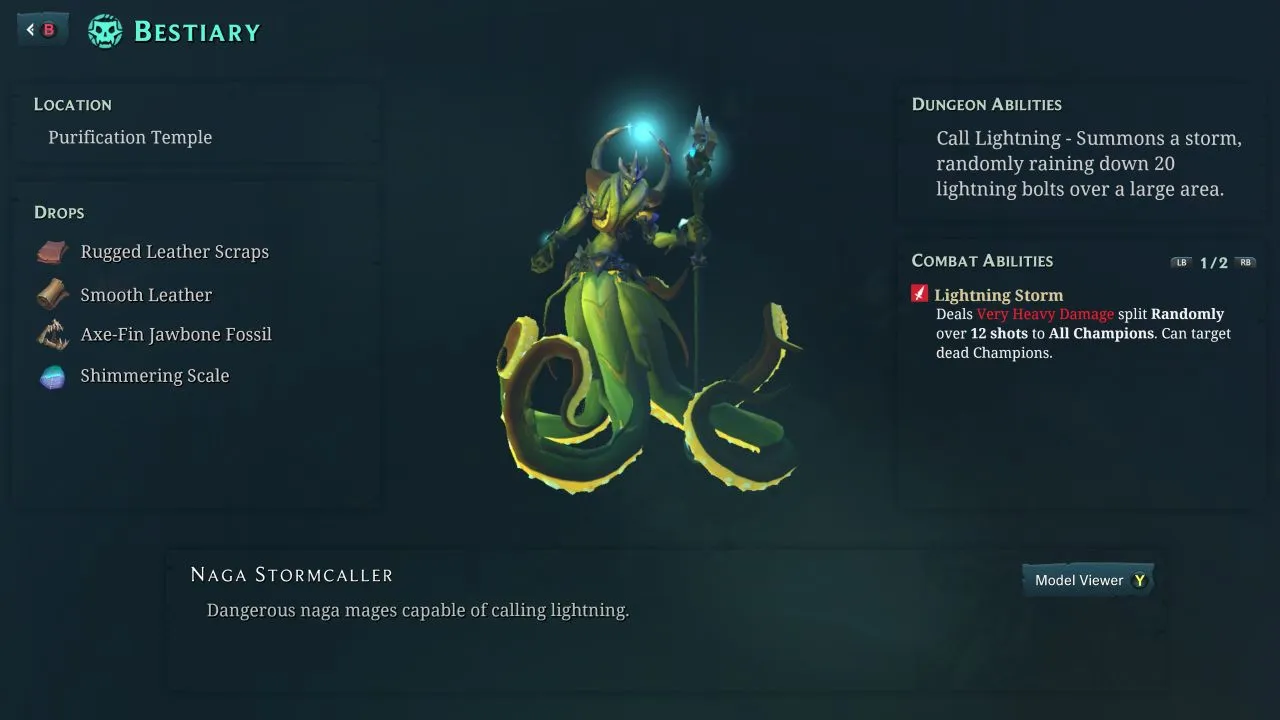
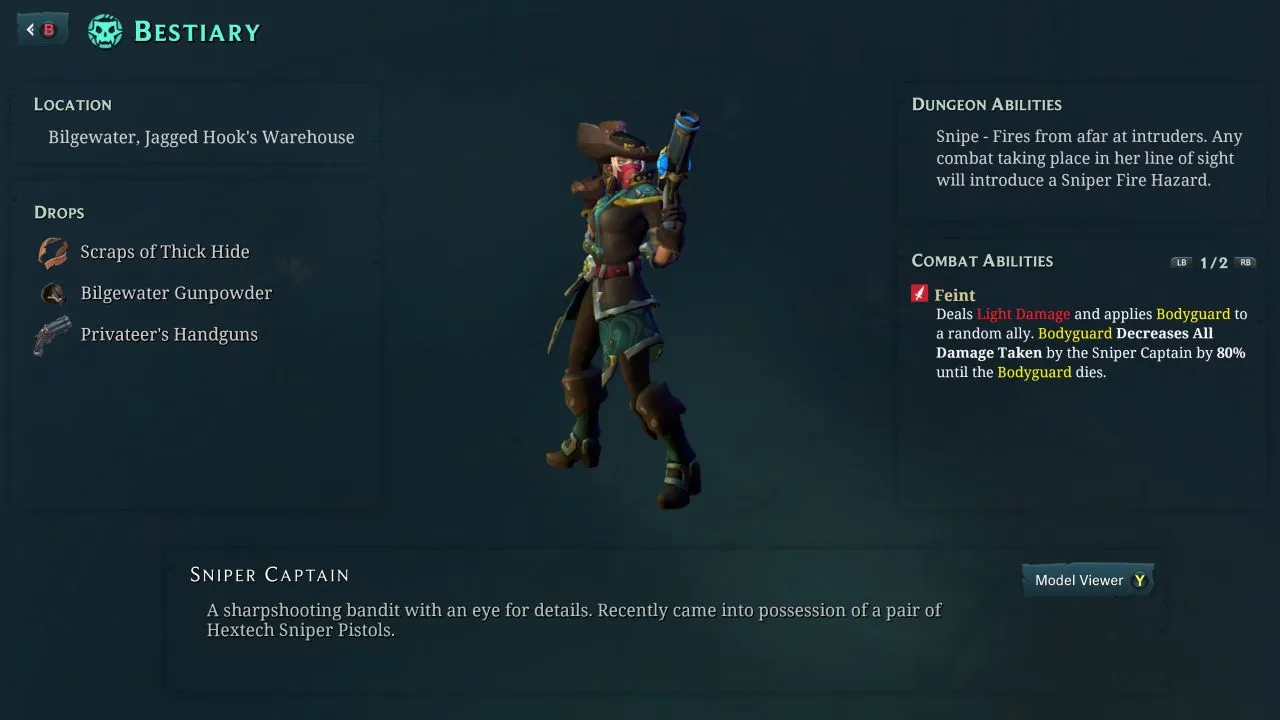
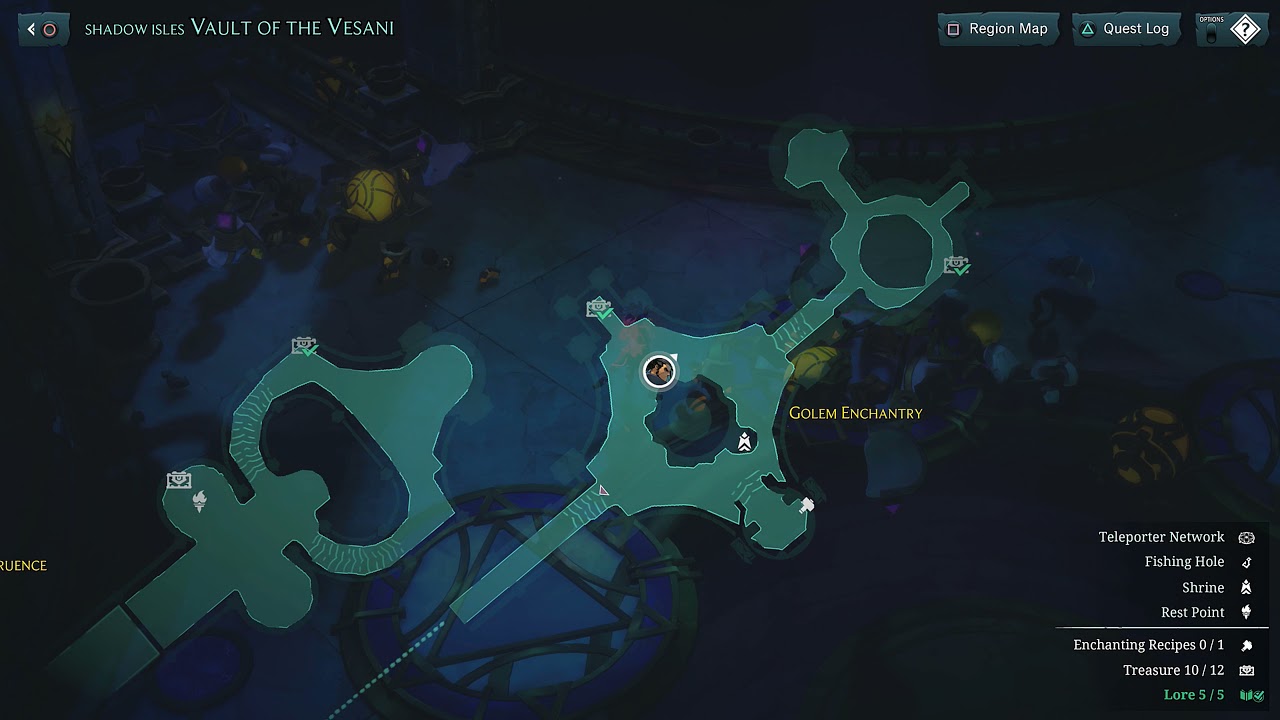
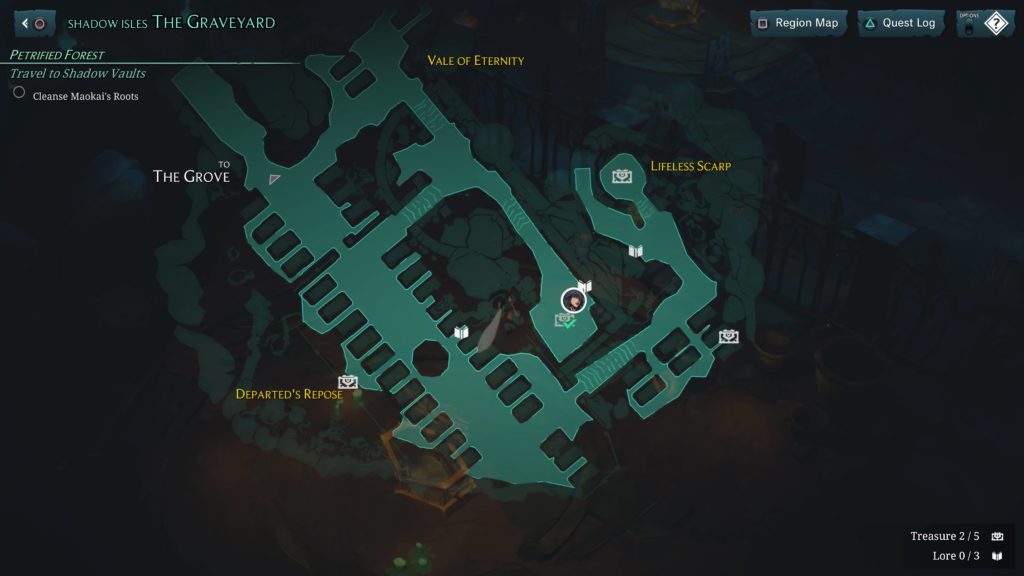
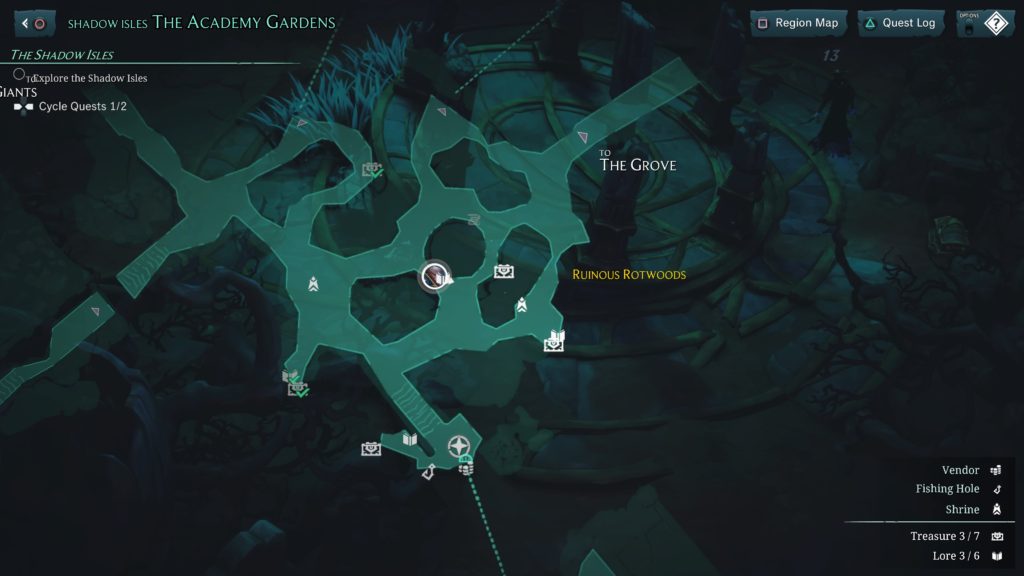
Bestiary and Map Icons:
Within these User Interfaces, I adjusted the placement of creature models in the Bestiary menu and the placement of various icons across different maps within the game to denote positions of interest. For the Bestiary, I worked in Microsoft excel to track down the right creature models and descriptions, as well as set the XYZ coordinates and size the model that would appear in the model viewer section of the menu. For the map implementation, I had a set of icons to implement across the different maps of the game, including ones used for shops, exits, and NPCs. Both tasks required a bit of trial and error. Make small adjustment, boot up the game, navigate to the right area or menu, check the placement/size, and repeat.
QA Testing and Bug Fixing

Playtest, Bug Report, Repeat:
Ruined King was made by a small team at Airship Syndicate. We had people who specifically worked in QA, but everyone was called upon for a weekly playtest and to create bug reports in JIRA or a specified work channel on Slack. Often we were assigned to test a specific part of the game, whether it was a level, a combat encounter, or a few menus. During this time I learned a lot about playing with the intention to exploit or break the game, but the most important skill I learned was how to write a bug report that is easy to read and provides the right information for a coworker to be able to track it down. Taking screenshots are good if the bug ties to a specific location, but a video is almost always better.
Bug Fixing:
Towards the end of the project, it became especially important for anyone and everyone to get in editor and fix bugs, even if they weren’t yours. In my time spent with the project, I learned a lot about other designers’ work and was able to achieve a decent working knowledge of how quests are made, how enemies should behave outside of combat, how various interactable systems work, etc. So not only was I able to fix bugs from my own work, but I was able to help out the rest of the designers with their bugs as well.
Contractor to Full Time Employee
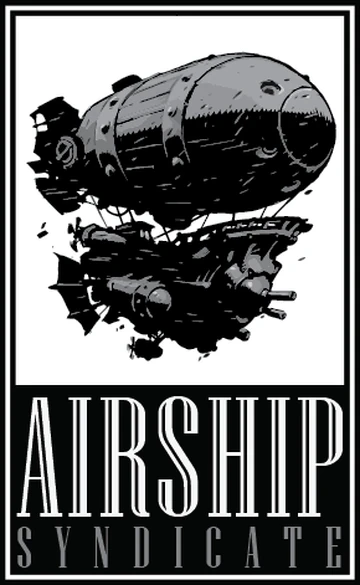
When I was originally hired to work on Ruined King, I signed a 6 month contract where I was told right from the start that there would be no possibility for an extension. During those 6 months, I earned my place on the design team and despite what was originally set in stone, I was offered an extension for another 6 months. Then at the end of the extended contract, I was offered a full-time position as an Associate Designer.
I felt very fortunate for those opportunities and now looking back, I think the work I did and lessons I learned shaped the person and Game Designer I am today. I learned that sometimes the most valuable work you can do for your team isn’t always the complex and “glamourous” work like combat or quests. Sometimes that work is the really tedious jobs like setting up every single door, applying a new shader to every single character model, or polishing the floor collision geometry across every level in the game. Because doing that work frees up other Designers to work on their most valuable work. You don’t have to work on the most visible gameplay elements of the game to demonstrate your value to the team.